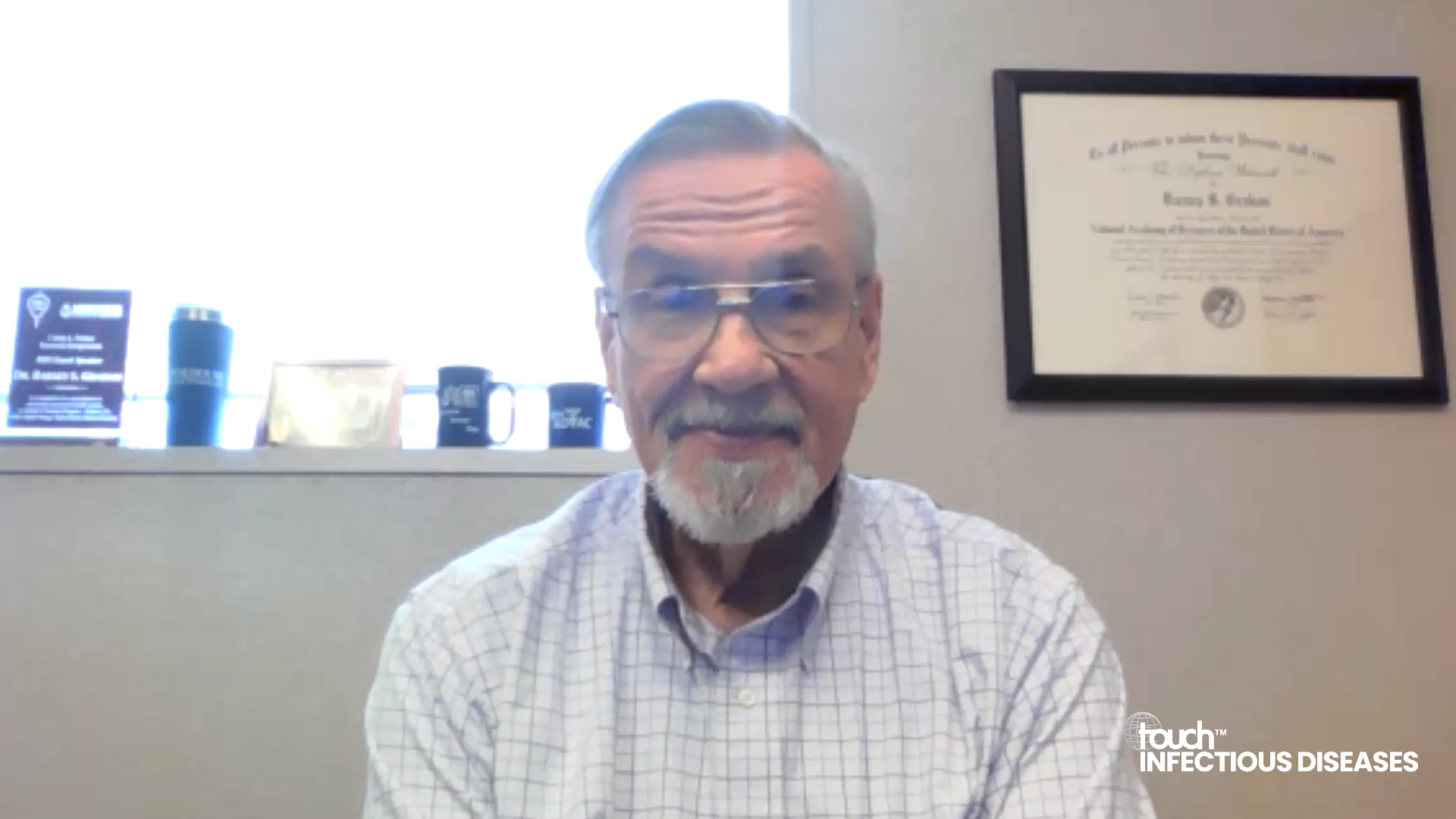Managing liver complications and drug-drug interactions in HBV-HIV co-infection: ACTHIV 2023 with Jessie Torgersen
Liver complications and drug-drug interactions in HBV viremia in HIV patients are common, so it is important to consider complications and follow appropriate guidelines for patients when prescribing treatment. In this interview, we speak with Dr Jessie Torgersen (University of Pennsylvania Perelman School of Medicine, Philadelphia, PA, USA) to explore considerations for healthcare professionals, including liver complications and drug-drug interactions, and strategies for effective management in co-infected HIV-HBV patients.
The presentation ‘Hepatitis B Treatment Among Persons with HIV‘ was presented at ACTHIV 2023, 4-6 May 2023, Phoenix, AZ, USA
Questions:
- How do liver complications impact current management guidelines for patients with HBV viremia living with HIV? (0:18)
- How might drug-drug interactions affect the efficacy of HIV and HBV treatment, and what strategies or considerations should healthcare professionals keep in mind when managing co-infected patients?
Disclosures: Jessie Torgersen has nothing to disclose in relation to this video interview.
Support: Interview and filming supported by Touch Medical Media Ltd. Interview conducted by Katey Gabrysch.
Filmed in coverage of the American Conference for the Treatment of HIV™ (ACTHIV™)
Transcript
My name is Jessie Torgersen. I’m an Infectious Disease Physician at the University of Pennsylvania, Perelman School of Medicine in Philadelphia, Pennsylvania, USA.
How do liver complications impact current management guidelines for patients with HBV viremia living with HIV?
For additional evaluation, I think it’s also important to make sure evaluation for liver cancer, hepatocellular carcinomas be considered. So, critically important is monitoring or completing a liver ultrasound with or without alpha fetoprotein assessment every six months. This is for all people with cirrhosis for any aetiology, hepatitis B, hepatitis C, otherwise, but also an additional factors that may ultimately increase the risk for hepatocellular carcinoma. So looking at the American Association for the study of liver disease guidelines or AASLD guideline, they get a bit complicated when you get outside of cirrhosis. So it tends to factor in race, age, family history of hepatocellular carcinoma to guide whether or not to initiate hepatocellular carcinoma (HCC) screening within those people with hepatitis B. But you know what, that additional data from people living with HIV, that the risk of of HCC development is increased around 40 years of age or so.
Expert guidelines suggest that screening for every person living with HIV and hepatitis B, co infection screening for HCC that is, should be completed at age forty and older, irrespective of race or additional factors. So Unless there’s family a first degree family member with HCC development in their 20s or 30s, I would my practice is to screen every person with HIV and have become infection every six months for hepatocellular carcinoma starting at 40 years old. Now HCC or as only one, unfortunately, of a potential handful of liver complications that can develop in the setting of chronic hepatitis B including advanced hepatic fibrosis, development of cirrhosis and development of end stage liver disease with the fatality compensation. So ongoing monitoring and those with cirrhosis for portal hypertension, including oesophageal varices with EGD screening every two to three years.
As well as providing additional counselling on avoidance of raw shellfish to avoid bacterial infections that can be particularly devastating for people with cirrhosis, also important. And then evaluating for other concomitant causes of liver disease, including excessive alcohol use, non-alcoholic fatty liver disease, or fatty liver disease from any aetiology, and potentially hepatic medications that may contribute to progressive fibrosis in the liver.
How might drug-drug interactions affect the efficacy of HIV and HBV treatment, and what strategies or considerations should healthcare professionals keep in mind when managing co-infected patients?
It’s important to evaluate for any drug-drug interaction out in your patients on antiretroviral therapies. There are wonderful resources to identify those drug-drug interactions pretty quickly. General practice is to complete a medication reconciliation with every visit. Evaluate for any drug drug interactions with that current antiretroviral therapy. For tenofovir based regimens, fortunately, there’s there’s few agents on directly with tenofovir to decrease efficacy. But when those are identified, it’s important to to either prevent those medications for continuing. Or find alternate dosing strategies or alternate regimens to really make sure that hepatitis B and HIV viral control is maintained.
We know that with hepatitis B viremia, it increases the risk of HCC development and by decreasing hepatitis B viremia we’re also able to decrease the risk of HCC. So really preserving viral control with the regimen and add is used is critically important. Additionally, I counsel patients to make sure that they are letting us know when any new medication is started, not only medications, but over the counter therapies, herbal supplements that we may not otherwise ascertain on the routine visits or review of pharmacy fill history. So empowering patients to understand that any new medication should be brought to the attention of the provider to ensure that compatibility with the enter a trawl regimen in order to preserve that control of viremia.
Subtitles and transcript are autogenerated






